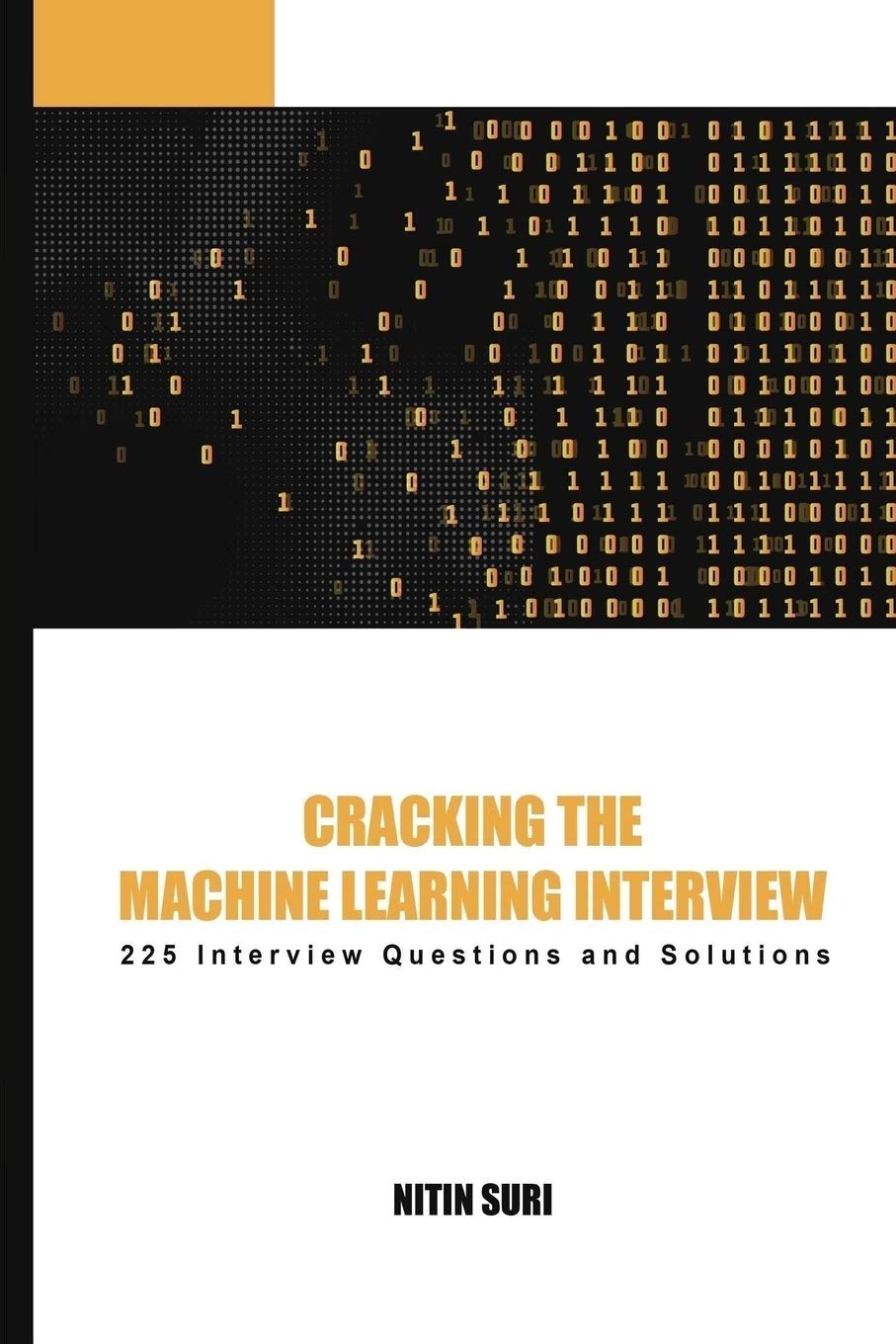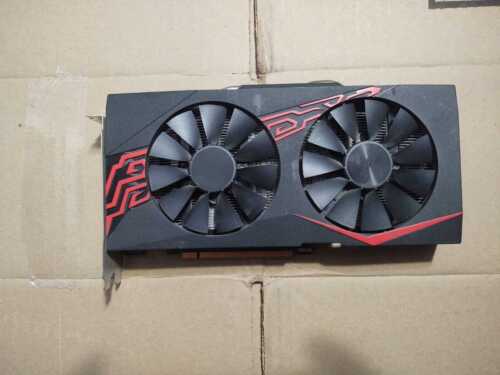Data centers are the backbone of modern businesses, housing the servers, storage units, and networking equipment that keep organizations running smoothly. However, when issues arise within these facilities, it can be a challenge to pinpoint the root cause of the problem and implement a solution quickly and effectively. This is where Root Cause Analysis (RCA) comes into play.
RCA is a systematic approach to identifying the underlying cause of a problem or issue in order to prevent it from recurring in the future. In the context of data centers, RCA is crucial for maintaining uptime, optimizing performance, and minimizing downtime.
To successfully master RCA in data centers, it is important to follow a few key steps. Firstly, it is essential to gather as much information as possible about the issue at hand. This may involve reviewing logs, conducting interviews with staff members, and examining relevant documentation.
Once the information has been collected, the next step is to analyze the data and identify potential root causes. This may involve using tools such as fault tree analysis, fishbone diagrams, or the 5 Whys technique to drill down to the underlying issue.
After potential root causes have been identified, it is important to test these hypotheses to determine which one is the true cause of the problem. This may involve conducting experiments, running simulations, or implementing temporary fixes to see if the issue is resolved.
Once the root cause has been identified, it is important to document the findings and implement a permanent solution to prevent the issue from occurring again in the future. This may involve making changes to processes, procedures, or equipment within the data center.
By mastering RCA in data centers, organizations can minimize downtime, increase uptime, and optimize performance. This not only improves the overall efficiency of the data center but also enhances the overall reliability and stability of the organization as a whole.
In conclusion, cracking the code of mastering Root Cause Analysis in data centers is essential for maintaining uptime, optimizing performance, and minimizing downtime. By following a systematic approach to identifying and resolving issues, organizations can ensure that their data centers operate at peak efficiency and reliability.












